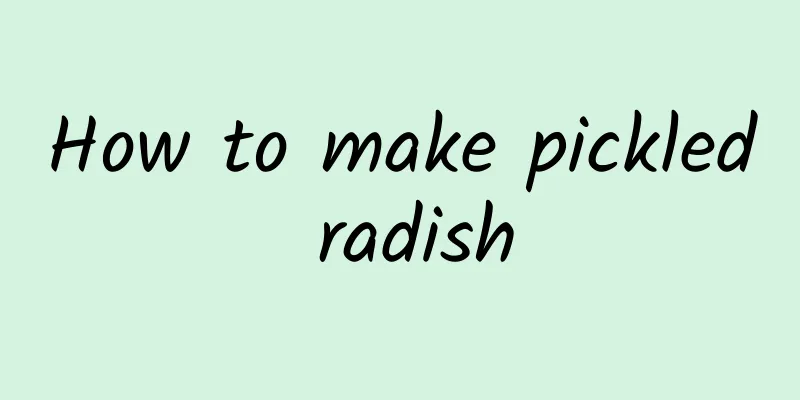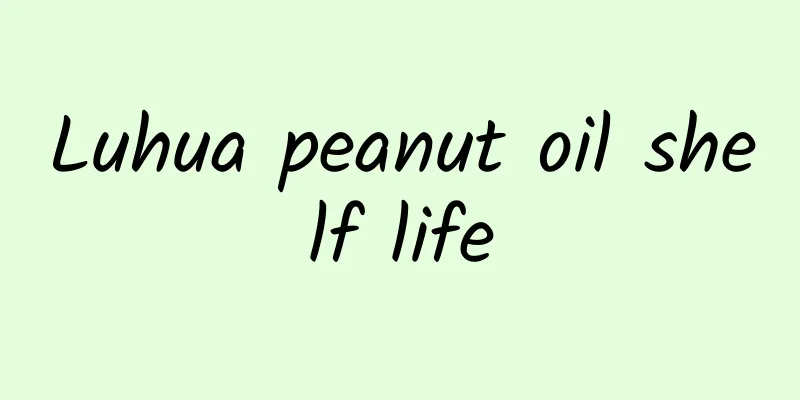Pepper planting management technology

|
In order to get high yields of peppers, good management methods are also necessary, so today I will tell you about the management techniques of peppers: 1. Start management before harvestingDuring this period, the ground temperature is low and the root system is weak, so we should promote it and control it. That is, water lightly and apply fertilizer early; cultivate frequently and do a small squat; water the seedlings slowly and lightly, and you can combine it with a little manure water. After watering, cultivate in time to increase temperature and moisture retention to promote rooting. The squatting of seedlings should not be too long, about 10 days or so, and you can water and squat lightly to adjust the root-seedling relationship. After the squatting of seedlings, water and apply fertilizer in time to increase early yields. Topdressing should be mainly nitrogen fertilizer, and some phosphorus and potassium fertilizers should be applied in combination to promote the health of the seedlings and prevent flowers from falling. The side branches on the main stem below the first flower should be removed in time. 2. Management from the beginning of harvest to the peak fruiting periodDuring this period, the temperature gradually rises, the rainfall gradually increases, and pests and diseases occur one after another. It is a critical period that determines the yield. To prevent premature aging, the peppers should be harvested in advance, watered in time, and the soil moisture should be maintained regularly to promote seedlings to bear fruit, and try to close the ridges in the high temperature season. When entering the peak fruit-bearing period, soil should be piled up before closing the ridges to protect the roots, and topdressing should be carried out in combination with soil cultivation. 3. Management during and after the hot seasonHigh temperature and rainy seasons are prone to virus diseases, serious flower and fruit drop, and sometimes a large number of leaves fall. Therefore, in high temperature and drought years, irrigation must be done at the beginning of the dry season, not at the end of the early season, to keep the soil moist at all times and inhibit the occurrence and development of virus diseases. Apply a small amount of fertilizer after the rain to protect the seedlings, and irrigate in time to prevent drought after the rainy season and form a peak of virus diseases. Irrigation should be done in the morning and evening during the hot season. Spraying 800-1000 times of dwarfing agent 3-4 times during the flowering period has a good effect of protecting flowers and increasing production. 4. Management in the late stage of fruit shrinkageAfter the hot rainy season, the temperature turns cooler and the green pepper plants resume normal growth. Management must be strengthened to promote the formation of the second fruiting period and increase later yields. Watering should be done in time, and quick-acting fertilizers should be applied in combination with watering to supplement the lack of soil nutrients. Points to note:1. The seedling age of spring pepper is about 110 days, and some can reach more than 150 days. In the northern region, it is usually planted in mid-April and late May. Pepper itself has high yield and stability, but the reduction in yield in some places is due to the degeneration of varieties. The disease resistance is poor and the disease is serious. The planting plots should be selected in the spring white land where eggplant vegetables, cucumbers and yellow tobacco have not been planted in recent years. The plots that have just harvested winter spinach are not good. About 7 days before planting, apply 5,000 kg of soil and miscellaneous fertilizers, 75 kg of superphosphate, and 30 kg of ammonium bicarbonate as base fertilizer per mu of land, dig trenches according to the row spacing of 70 cm, level, ridge, cover and wait for planting. Planting can be based on a spacing of 30 cm, two adjacent rows staggered to open seedlings, and plant one per hole. 2500-3000 holes per 667 square meters. 2. The early stage of pepper field management is from planting to fruiting period. Management should promote rooting, seedling growth and plant growth. Pay attention to watering and intertillage in the next period. Apply 10 kg of phosphorus fertilizer and 5 kg of urea 15 days after planting, and combine intertillage to raise the soil to 10 to 13 cm to protect the root system and prevent lodging. The focus of management after entering the peak fruiting period is to strengthen the seedlings and promote fruiting. Remove the peppers in time to prevent the fruits from falling and causing the growth to decline. Combined with watering and fertilization, apply 20 kg of phosphorus fertilizer and 5 kg of urea per 667 square meters, and add soil to the roots again. Pay attention to drainage and waterlogging prevention. Combined with spraying foliar fertilizer and hormones to supplement nutrients and prevent viruses. 3. Peppers are sensitive to many herbicides during their growth period, especially 2.4D emulsifiable concentrate. Improper spraying of pesticides can cause serious damage to peppers. |
<<: Pepper types and characteristics
>>: What to do if your hands are stingy with peppers? Tips to deal with stingy hands with peppers
Recommend
Is coconut meat nutritious? Nutritional value of coconut meat
Coconut meat, also known as coconut pulp, is the ...
The efficacy and function of raw onions
Raw green onions are very common in northern Chin...
How to make delicious water celery
Many people have heard that water celery is an ed...
The best way for women to nourish their kidneys
It is not something that men should always think ...
Golden lotus pictures Golden lotus planting techniques
From the pictures of nasturtium, we can see that ...
How is Mokpo Science University? Mokpo Science University reviews and website information
What is the website of Mokpo Science University? M...
Shelf life of Chinese cigarettes
When talking about expensive cigarettes in China,...
What are the benefits of drinking pure milk? Introduction to the benefits of drinking pure milk
Pure milk is a common nutritional product in life...
Paper mulberry and clove porridge
The taste of paper mulberry seed and clove porridg...
What can't be eaten with leeks? What are the incompatible ingredients of leeks?
Leek is the most common green vegetable in life. ...
What is Dreamwiz like? Dreamwiz review and website information
What is Dreamwiz? Dreamwiz is a well-known portal ...
How to eat golden thread fish? Common ways to eat golden thread fish
Golden thread fish, also known as redwood or yell...
Can mango and chestnut be eaten together? What can't mango be eaten with?
Mango is a delicious fruit and chestnut is a swee...
Century Egg and Bacon Porridge
Century egg and bacon porridge is a kind of porri...
The effects and functions of eating white pepper
Have you ever eaten white pepper? It has a fragra...









